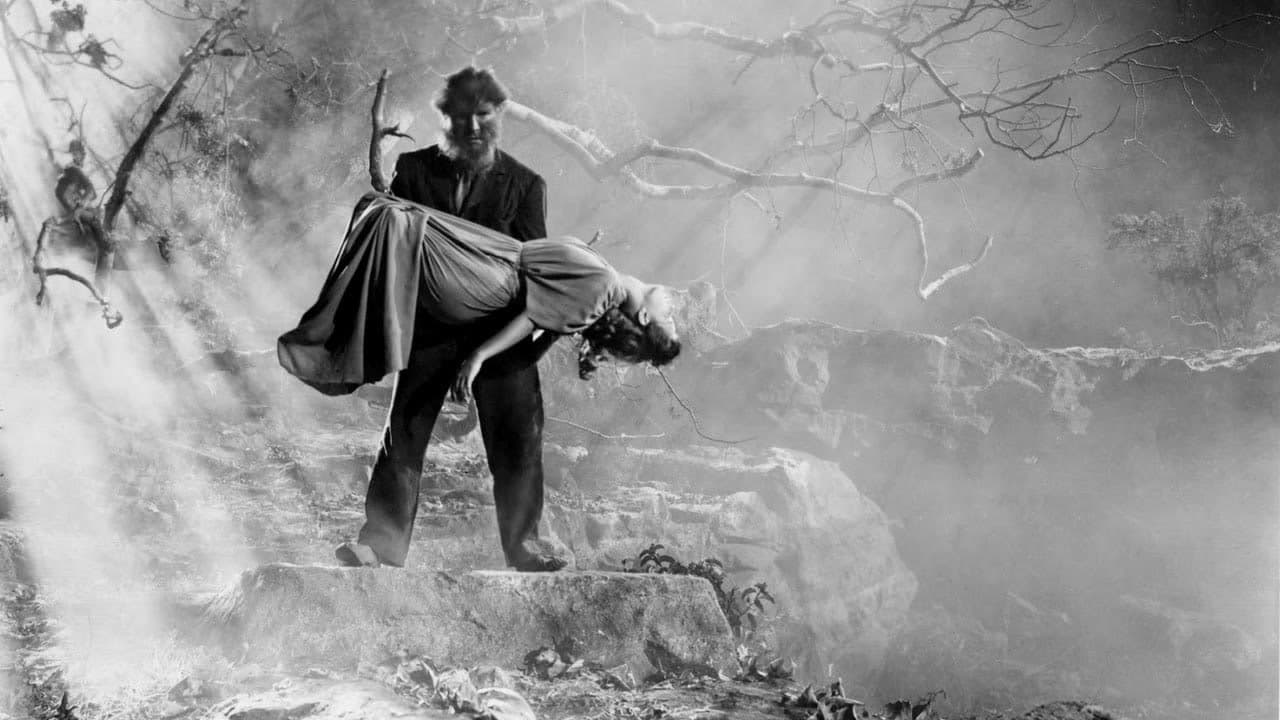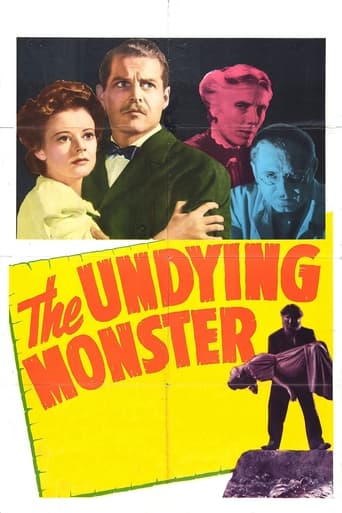

It's the kind of movie you'll want to see a second time with someone who hasn't seen it yet, to remember what it was like to watch it for the first time.
... View MoreAmazing worth wacthing. So good. Biased but well made with many good points.
... View MoreIt is an exhilarating, distressing, funny and profound film, with one of the more memorable film scores in years,
... View MoreA film of deceptively outspoken contemporary relevance, this is cinema at its most alert, alarming and alive.
... View MoreThis was the worst of the 3 movies that Hans Brahm directed for 20th-Century Fox. Unlike The Lodger and Hangover Square, this one looks like one of the cheap quickies that Republic and Monogram Studios used to churn out in the '40's.Casting for this movie was getting look-alikes of more famous stars-the guy who played Oliver was a dead ringer for Lon Chaney, Jr. And Christy looked suspiciously like Cornelia Otis Skinner with a dye job, right down to the hair-do and the rubber faced facial mugging, right out of The Uninvited. The worst part of the movie was the ending-the way they sped up the monster's running scenes on camera looked pretty silly, and the transformation from wolf to man was some really sloppy camera work.
... View MoreWhile the monster here is an unseen creature, rumored to have haunted this part of the English country side for centuries, it is very apparent that it is some sort of predatory monster of remarkable strength and fierce cunning. Wolves haven't lived in England for ions, someone points out, but it is very obvious that somebody knows more than they are revealing.Obviously made in the wake of the recent return of several famous Universal monsters, this ain't no rip-off. It has a lavish look, albeit on a B budget, and is as chilling as the Val Lewton thrillers being made over at RKO. The murders are nothing short of shocking and the murky atmosphere perfect for the grand guignole shakes and shivers it may produce going up and down your spine.The intelligent screenplay is perfectly aided by the fog-laden photography, eerie music and fast-paced editing. As directed by the under-rated John Brahms, James Ellison, Heather Angel and John Howard deliver believable performances with Halliwell Hobbes and Eily Malyon memorable as the butler and housekeeper who seem to be guilty of something.
... View MoreMy family, the Hammonds, first saw this movie on Million Dollar Movie on channel 11 KPIX NYC. We were fully alerted when we heard our name called out in the synopsis. We must have seen it ten times back then as the movie was shown for one week, 3 or 4 times daily. It scared us kids while our parent just rolled their eyes when we watched it again and again. It's a very atmospheric mystery/thriller, with outstanding cinematography. The actors are all good although the attempts at comedy were winch-inducing as others have mentioned. A few plot holes and stretched-thin character motivations round out the negatives but that atmosphere still carries the film and I really enjoyed seeing it again . . . and again.
... View MoreThe Undying Monster was apparently a second feature; and that's not really surprising as there's nothing particularly great about it and the running time is also very short. The film takes more than obvious influence from the classic Arthur Conan Doyle novel 'The Hound of the Baskervilles' in that it focuses on a family curse; but the style and execution of the film is also very similar to the 1939 film version of said classic novel. The story featured is actually really good; it has several interesting themes and director John Brahm provides a foreboding atmosphere; but unfortunately the suspense is constantly abated via a very unwelcome dose of humour. The film takes place in Wales and focuses on an aristocratic family plagued by an ancient curse; which takes the form of a monster that prowls around their property at night and has already claimed the lives of several family members. After the latest incident, it is decided that there is reason to call in Scotland Yard; and a young detective and his assistant begin to investigate.The film is really good for about the first twenty minutes and it looks like it might build into something special; but when the detective and his assistant are introduced, things start to go downhill. It's obvious that the pair of them are there to add some comic relief to the proceedings; but the problem is that it's really not needed. Occasionally, some slight comic relief will come in to help even out a film with some real scenes of trauma; but here the trauma amounts to a shot of a dead dog, and the humour is all encompassing. It's not even very funny either and I barely cracked a smile at all. Once the detectives come in, the film takes on more of an investigative approach and the plot is not as interesting. The clues given to the detective's don't leave much to the imagination either (a scene that sees the detective realise that a room has been recently entered by the way of the huge set of footprints down the centre of the room being case in point!). The ending does come as something as a surprise as the film felt like it was going to head in the same direction that Conan Doyle's novel did; but it's not enough to save it and overall I have to say that I'm really disappointed considered that I had heard good things about this one!
... View More